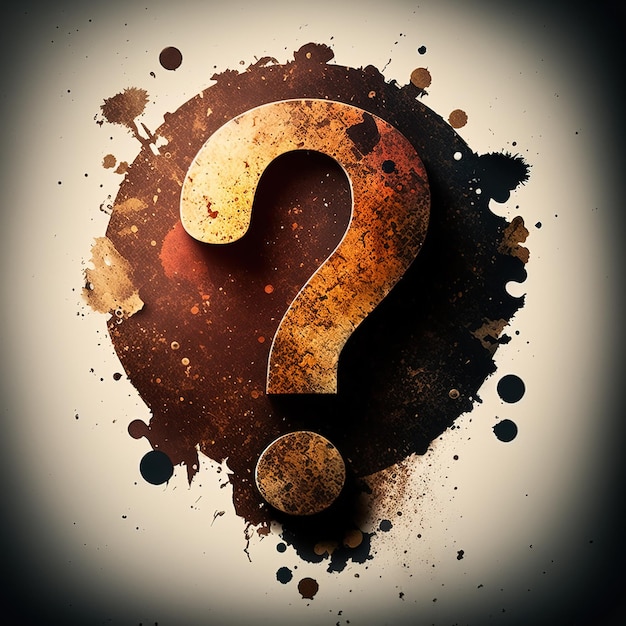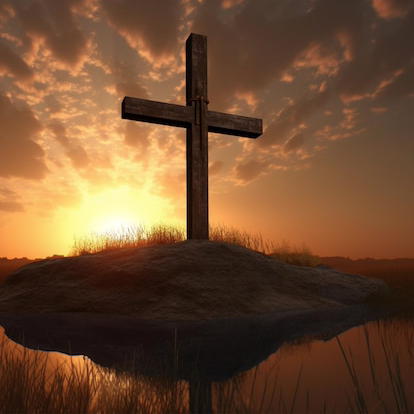for example just goggle freemasons french revolution see what comes up. loads of information on line if you can be bothered to do the research. just one page of several. i mean i could fill this thread up with many such pages, concerning what under handed things the catholic church, secret societys have been up to,
are up to, hidden agendas,
or google the black pope seeing you say he dosnt exsist, jesuits and the illiminati, look on you tube,
yes some things have to be taken with a pinch of salt, but often you can see the wood from the tree,s mainly there is more going on, that meets the eye, or we are led to believe.
not the purpose of my thread, comending one mans stand for justis,
try google, you tube, some very good historical facts have come to light.
you really need to get out more. johnny
Freemasons in the French Revolution
--------------------------------------------------------------------------------
While it is both simplistic and specious to lay the responsibility for the French Revolution at the door of Freemasonry, there is no question that freemasons, as individuals, were active in building, and rebuilding, a new society. Considering the large number of bodies claiming masonic authority,1. . many men identified today as freemasons were probably unaware of each other’s masonic association and clearly cannot be seen as acting in concert. Yet they did share certain beliefs and ideals.
In 1789 the established power in France was a kingdom of God’s grace — however Louis XVI was a weak sovereign. The columns of established power had been the nobility, many of whose members now embraced the philosophers and rationalists, such as Voltaire; the clergy, whose lower hierarchy understood the misery inflicted on the lower classes; the army, whose members were drawn from and often sympathetic to the lower classes; and the public service, whose members were drawn from an educated bourgeoisie who saw themselves locked out from much political and social advancement.
A brief chronology of the
French Revolution
February 1787 : Assembly of "notables" called by Charles-Alexandre de Calonne
May 5, 1789 : Estates-General met at Versaille
July 14, 1789 : Parisian mob seized the Bastille.
Aug 4, 1789 : National Assembly abolished feudal regime and tithe
Aug 26, 1789 : Declaration of the Rights of Man and the Citizen
Oct 5, 1789 : Paris mob marched on Versaille, brought King to Paris.
June 20, 1791 : Louis XVI tried to flee country.
April 20, 1791 : France declared war on Prussia and Austria.
Aug 10, 1792 : revolutionaries occupied Tuileries, imprisoned the royal family.
Jan 21, 1793 : Louise XVI executed.
Sept 5, 1793 : Reign of Terror (to July 27, 1794) by Committee of Public Safety
July 27, 1794 : (9 Thermidor II) "White Terror" coup against Jacobins and Robespierre by National Convention
Oct. 5, 1795 : Napoleon crushes Royalist attempt to seize power in Paris.
Nov, 1795 : Directory established (until Nov 9, 1799)
Nov. 9, 1799 : (Coup of 18-19 Brumaire VIII) Napoleon proclaimed end of the revolution and instituted Consulate.
Masonic lodges were first warranted in France in 1725. Two papal edicts, that of Pope Clemence XII on May 4, 1738 and that of Pope Benedict XIV on June 15, 1751, were never registered by the French Parliament and therefore never took effect. Prior to the revolutionary period there were 1,250 lodges in France with an estimated 40,000 members. French Freemasonry of the 18th century was an exclusive group, excluding Jews, actors, employees, workers and servants. The clergy were well represented, and the membership of some lodges, such as La Vertu in Clervaux, were composed entirely of Catholic clergymen. While the nobility were attracted to Freemasonry, the greater majority was made up of the bourgeoisie, to whom the masonic motto of equality appealed to their sense that they were the equal of the nobles.
Many of the army were freemasons. Bernadotte, who lead the troops expelled from Grenoble, and later was a general for Napoleon and then King of Sweden, was a freemason. The cautious response of the army to the outbreak of rebellion in Britany has been ascribed to the number of officers who were freemasons.
The rules for the Estates-General were developed by Minister Necker whose masonic membership is unproven but considered probable, while the election committees created by these rules are claimed to have been mainly composed of freemasons.
Less admirable, Louis Philippe Joseph, 5th duc d'Orleans from 1785, Grand Master of the Grand Orient and later "Citoyen Égalité" (1747/04/13 -1793/11/06), was driven by his hatred for his cousin the King. Within freemasonry two loosely knit groups can be seen to be developing: those who see the Duke as a symbol to achieve their goals of equality, and those who would use Freemasonry as a vehicle for their own political goals.
When the National Assembly is formed, out of the 1,336 delegates to the Estates-General at least 320, or 24%, are believed to have been freemasons.
--------------------------------------------------------------------------------
1. There were a total of 35 representatives present at the Convent at Wilhelmsbad (July 16, 1782 - September 1, 1782), a meeting of the various bodies working the Strict Observance system of degrees in Europe. The Grand Lodge of Three Globes declaring its independence on January 30, 1784 and Italy partially reverting to the English system the following year. From this time practically moribund, the Strict Observance may be said to have continued to 1855 when the Danish Lodges adopted the Swedish Rite. In practice, it ceased to exist after the death of Duke Ferdinand of Brunswick in 1792. [Gould History of Freemasonry Vol. III p. 366-369, Chart I following p. 378] Any evaluation of French Freemasonry must take into account the large number of bodies claiming authority to confer degrees and warrant lodges: there were ten such bodies active in the days preceeding the French Revolution. Gould requires a fold-out chart to detail over thirty bodies that existed between 1725 and 1885, noting that he has only included those that exercised any considerable influence on the Grand Orient. The Chapter of Cleremont is noted as briefly uniting with the Grande Loge de France and then dieing out around 1780 while the Scots Directories are seen to have closed during the French Revolution and then dieing out around 1814. [Gould. Chart No. II following p. 440] ^
Gould, Robert Freke. The History of Freemasonry,Its Antiquities, Symbols, Constitutions, Customs, etc. Vol. III, New York, John C Yorston & Co., Publishers: 1886.








